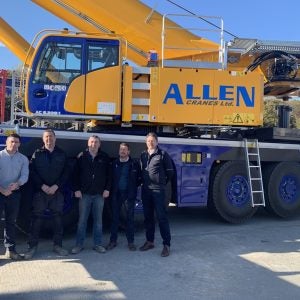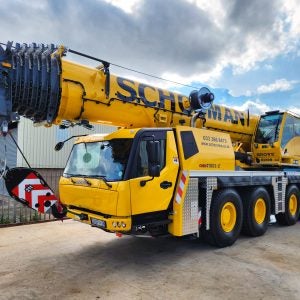“Whilst a re-ended hose may look perfectly good and pass a pressure test, there are a number of critical factors which must be taken into account,” Morris said. “The first issue is degradation. All hoses degrade over time. Chemical changes in the hose compound mean that cutting and inserting a new end can alter the molecular structure further rendering it weaker than it should be. The angle of any internal reinforcement can also change to the detriment of the hose integrity when a new end is inserted.
“Another critical issue is hose length. Cutting a hose will reduce its length to below that installed by the original manufacturer with the result that it can be over stressed when refitted.
“The decision to re-end any hydraulic hose is made principally on the grounds of economy, re-ending being about one third the cost of a new hose. Fine, but this may have major legal repercussions for liability can and usually does shift straight to the door of he or she who instructed the re-ending. In the case of a company the liability will almost certainly rest with them if their employee instructs a supplier to re-end and catastrophic failure is the result. Let’s not forget, hydraulic oil when at full working pressure and temperature is extremely dangerous to man and his environment in the event that a hose fails. Is it worth it?”
He adds that although commercial considerations encourage the re-ending of hydraulic hoses, but it is specifically prohibited in standards BS EN 982 and BS ISO 4413.
The British Fluid Power Association operates a ‘Q’ Approved Hose Assemblies scheme which seeks to ensure that only approved hoses are fitted throughout the industry. The scheme is open to all distributors of hydraulic hoses sold in the UK.
Companies subscribing to the ‘Q’ Approved Hose Assemblies scheme will have their manufacturing processes screened and approved by the BFPA. Once accredited, member companies are inspected every two years. Only companies selling the highest quality products will be authorised to carry and display the ‘Q’ Approved Hose Assemblies logo.






